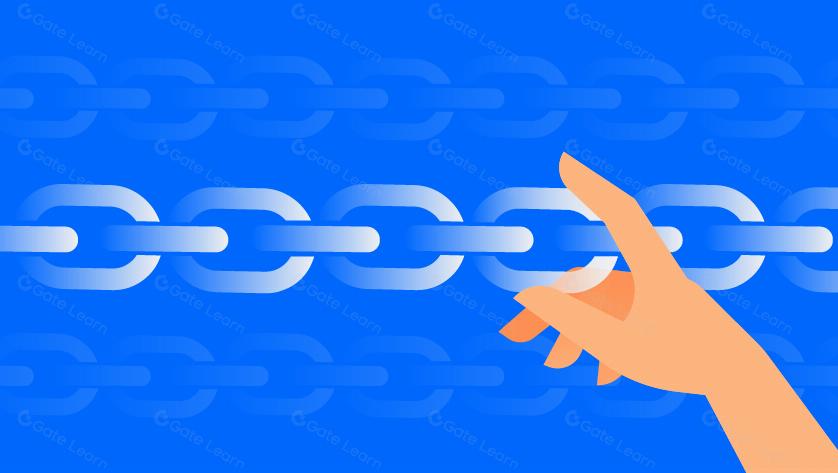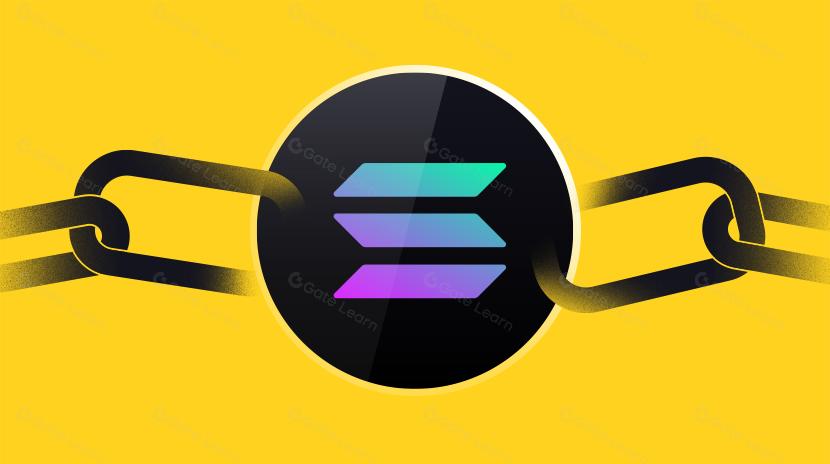TRON Definition

TRON is a decentralized blockchain platform founded in 2017 by Justin Sun, former CEO of Kuaishou, with the aim of building a global free content entertainment system. As a smart contract platform, TRON's primary goal is to create a decentralized internet where content creators can connect directly with users, eliminating intermediaries in content distribution. Through its high throughput, scalability, and reliability, TRON has become one of the most active blockchain ecosystems globally, with its native token TRX supporting the entire system.
Background: What is the origin of TRON?
The TRON blockchain project began in March 2017, launched by the TRON Foundation in Singapore under the leadership of Justin Sun. Initially, TRON existed as an ERC-20 token called TRX on the Ethereum network. On June 25, 2018, TRON completed its mainnet launch and token migration, beginning independent operation of its own blockchain network.
TRON's creation was closely related to the blockchain industry's demand for high-performance, low-cost transaction systems at that time. The scaling challenges and relatively high Gas fees faced by the Ethereum network provided an opportunity for new blockchain platforms like TRON, which positioned itself as a solution offering higher throughput and lower transaction costs.
TRON's development has gone through several important milestones:
- In February 2018, TRON acquired BitTorrent, the renowned peer-to-peer file sharing platform, considered one of the largest acquisitions in the blockchain industry
- In February 2019, TRON launched BitTorrent Token (BTT), combining BitTorrent's user base with blockchain technology
- In 2020, the TRON ecosystem further expanded to include DeFi, NFT, and GameFi applications
- In December 2021, TRON founder Justin Sun announced his withdrawal from the daily operations of the TRON Foundation, though he remains involved as a community member
Work Mechanism: How does TRON work?
The TRON network employs a Delegated Proof-of-Stake (DPoS) consensus mechanism, a variant of PoS where 27 Super Representatives elected by the community are responsible for validating transactions and producing blocks.
TRON's core technical architecture includes the following key components:
-
Three-layer architecture design
- Core layer: Contains modules for smart contracts, account management, and consensus mechanisms
- Storage layer: Responsible for data storage and access
- Application layer: Provides API interfaces for developers to support DApp development
-
Consensus mechanism: TRON's DPoS mechanism produces a block every 3 seconds, with 27 Super Representatives taking turns. TRX holders can vote to elect these Super Representatives, who receive block rewards in return.
-
Virtual machine: The TRON Virtual Machine (TVM) is compatible with the Ethereum Virtual Machine (EVM), meaning developers can easily port Ethereum smart contracts to the TRON network while enjoying lower transaction fees and higher processing speeds.
-
Bandwidth mechanism: Unlike Ethereum's Gas fee model, TRON uses a bandwidth and energy system. Users can obtain free bandwidth and energy resources by freezing TRX, significantly reducing transaction costs and even allowing free transactions in some cases.
-
Account model: TRON adopts an account model rather than a UTXO model, making it easier for developers to build more complex applications and smart contracts.
What are the risks and challenges of TRON?
Despite TRON's significant achievements in the blockchain space, it faces several important risks and challenges:
-
Centralization controversy: Although TRON uses a DPoS mechanism, the structure of 27 Super Representatives is considered by some critics to potentially lead to excessive centralization, affecting the decentralized nature of the network.
-
Regulatory risks: With evolving global cryptocurrency regulatory frameworks, certain applications within the TRON ecosystem, such as DeFi platforms and token issuances, may face regulatory challenges.
-
Technical risks: Like any blockchain network, TRON faces potential security vulnerabilities and attack risks. Historically, the TRON network has experienced some technical issues and smart contract vulnerabilities.
-
Competitive pressure: With the rapid development of blockchain technology, TRON faces fierce competition from platforms like Ethereum, Solana, and BNB Chain, which are also dedicated to solving scalability and user experience issues.
-
Ecosystem quality: The TRON ecosystem contains applications of varying quality, including some high-risk DeFi projects and gambling applications, which may affect the platform's overall reputation.
-
Governance challenges: As founder Justin Sun gradually reduces his involvement in daily operations, TRON's long-term governance model and community self-governance capabilities face tests.
The TRON network has attracted a large user base globally, with particularly strong performance in Asian markets. However, investors and developers should fully understand these potential risks when participating in the TRON ecosystem.
TRON has established its position in the Web3 domain by providing a blockchain infrastructure with high throughput and low transaction costs. Its integration with BitTorrent demonstrates the potential for applying blockchain technology to existing internet services, while its Ethereum compatibility lowers the migration barrier for developers. Despite facing centralization controversies and regulatory challenges, the TRON ecosystem continues to develop actively, expanding into DeFi, NFTs, and decentralized storage. As blockchain technology continues to evolve, whether TRON can maintain its technical competitiveness while strengthening decentralized governance will be key to its long-term success.
Share
Related Articles

The Future of Cross-Chain Bridges: Full-Chain Interoperability Becomes Inevitable, Liquidity Bridges Will Decline

Solana Need L2s And Appchains?
